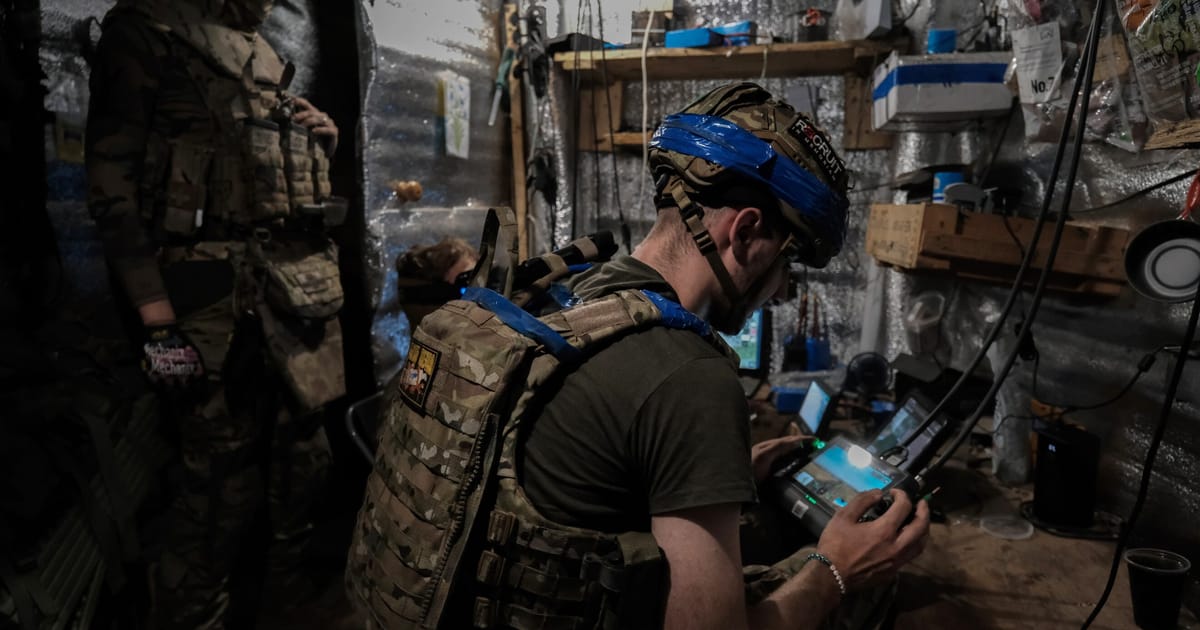Only in July, Moscow sent 6,275 Shahed drones against Ukraine, with more than 355 coming in the first few days of August, according to Ukrainian air force statistics. Russia’s evolving drone attacks make it harder for Ukrainian air defense forces to shoot them down and is exhausting air defense stocks.
“So, the only means left were our aviation and expensive Western air defense missiles. But we do not have enough helicopters and jets, and we do have a critical dependency on Western air defense systems supply,” Beskrestnov added. “However, it is unreasonable to waste expensive missiles, as we would never get enough to keep shooting down thousands of drones.”
Instead of firing interceptor missiles from U.S. Patriot systems, which each cost about about $4 million, or €400,000 for those from the European IRIS-T, to knock down Iranian-designed Shahed drones costing $50,000, Ukraine is developing its own interceptor drones that cost $1,000 to $5,000 per unit.
“We had to come up with cheaper tool — anti-aircraft interceptor drones,” Beskrestnov said.
Interceptor drones come in both winged and copter types; their human pilots steer them toward their targets.
The interceptors are equipped with digital communications systems which allow them rise to higher altitudes; they can then accelerate to a speed of about 330 kilometers per hour before hitting their targets.

